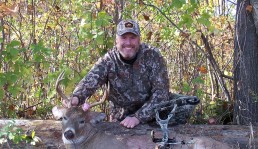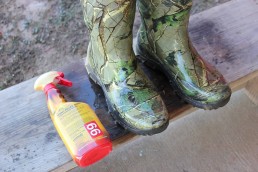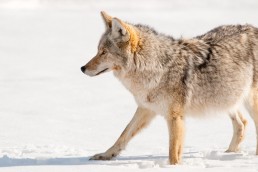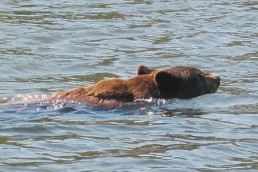How Trapping Can Help Make You a Better Bowhunter
SHARE THIS POST
The cool October evening found me 20 feet above ground in a towering oak tree, overlooking a couple of old apple trees and a small food plot of winter wheat that I had planted in mid-August. This location was the culmination of many months of scouting and preparation leading up to archery season. The planning and anticipation prior to the season always create a volcanic eruption of emotion once I’m finally on stand and nock an arrow.
As the evening pressed on, a lone whitetail emerged from the tag alders, cautiously walked through the wheat and finally arrived beneath the apple tree. It was a decent buck sporting seven points and a unique tail which only extended about a quarter of the way. I briefly thought about what unfortunate event could have caused this shortage in length. Although the buck never offered a shot opportunity, time spent in the treestand gave me time to reflect on trapping as the Michigan fur harvester season was fast approaching.
My first attempt at trapping came at a young age while visiting my grandparents. Their property was very inviting with plenty of locations to trap—farm lanes, a large pond, fields with brushy fencerows, and old pastures. Although I failed miserably and fell on my butt many times as a trapper during my younger years, these outings proved to be invaluable to my growth as a bowhunter. Over three decades later, the lessons learned each trapping season are still helping to shape me as a bowhunter.
Responsibility, persistence and hard work
It didn’t occur to me until I became more serious about trapping during my early thirties how much of a commitment checking traps was. Required daily checks of traps meant that no matter what types of weather conditions occurred—rain, snow, or freezing temperatures—I had a responsibility to tend to my traps. This meant waking up super early in the morning, usually before work, or checking them first thing in the evening when I got home. Besides responsibility, this routine taught me that despite the many challenges that occur on the trapline—misfires, non-target catches, frozen or pawed up traps—if I kept at it and remained focused, success would eventually come.
These qualities have carried over into bowhunting and helped me tremendously. Each fall, when many hours and days pass without any shot opportunities on a whitetail, or sometimes even a glimpse of one, my experience as a trapper has taught me to be persistent and continue to work hard through difficult times.
I can remember one hunt a couple of years ago when temperatures were so low that even my thick clothing and many layers underneath weren’t effective enough to stop me from shivering uncontrollably while on stand. However, the rut was in full swing and cold temperatures weren’t about to pull me away from the deer woods. I knew that if I stayed mentally tough and stuck with it that there was a good chance that a wandering buck could pass through the area.
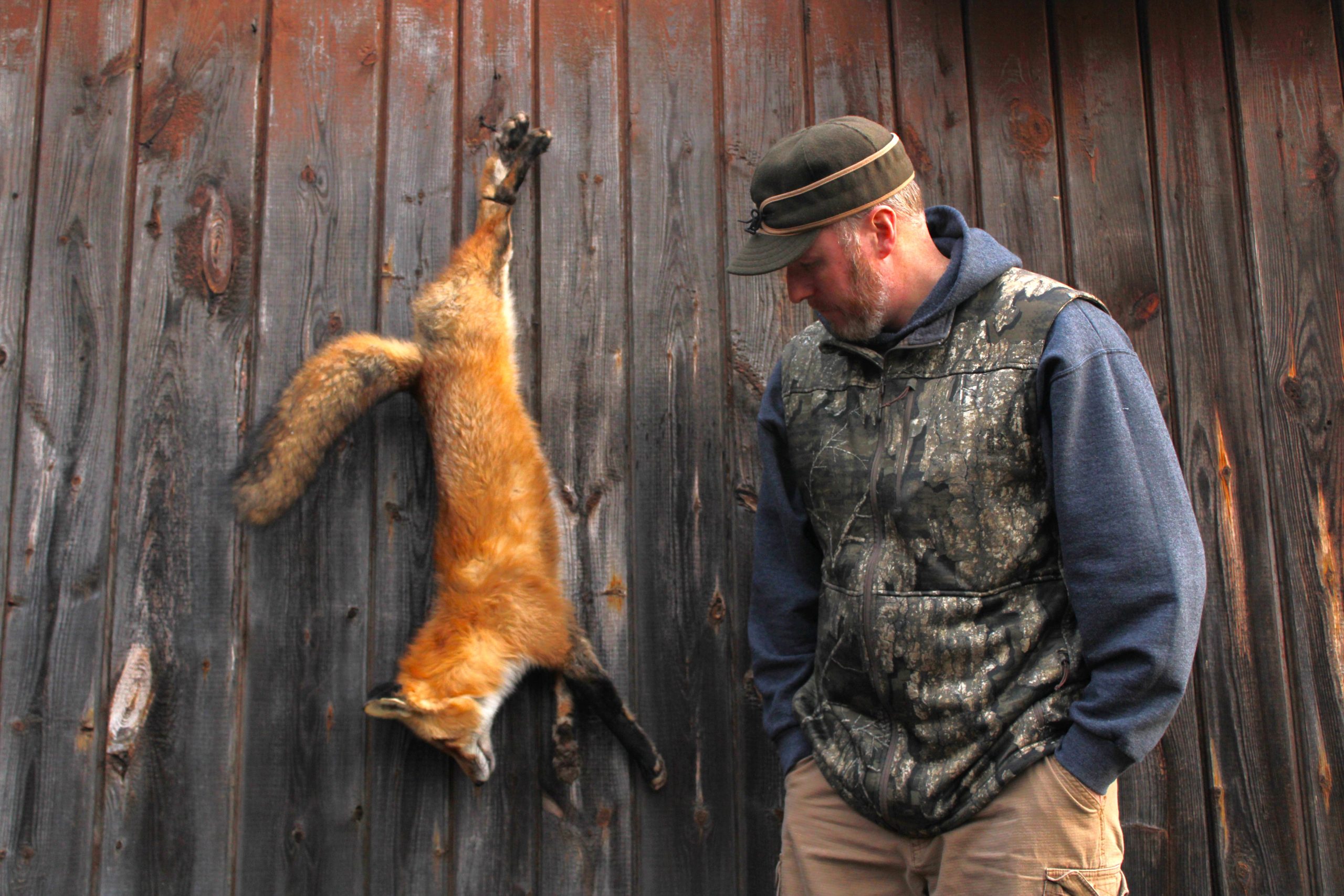
Trapping and scouting
I’m not sure how many times I’ve been out trapping and ran across deer sign, but it’s a lot. As a matter of fact, it’s too many to count. I remember checking one particular bobcat set on private land last season and literally discovering a deer highway. This well-used runway was littered with fresh rubs and droppings. This area left little doubt as to where to place a treestand.
Sometimes, it can actually distract me from searching for new areas to trap or from checking my trapline. However, this distraction is welcome. Because trapping areas overlap locations where deer frequent, it’s not uncommon to find runways, rubs, scrapes, and bedding areas while checking traps. This comes with the territory, especially if you’re long-lining across a larger area. Occasionally I place trail cameras at different sets. If you’re lucky, these could pick up pictures of bucks and help you pinpoint their patterns.
Are you enjoying this post?
You can be among the first to get the latest info on where to go, what to use and how to use it!
Keeping a journal and using a hunt app such as OnX Hunt to mark locations where you find deer sign while checking traps will be beneficial to setting up treestand locations during the off season. It will save you time and give you a head start for the upcoming archery season. By doing so, you’re killing two birds with one stone so to speak.
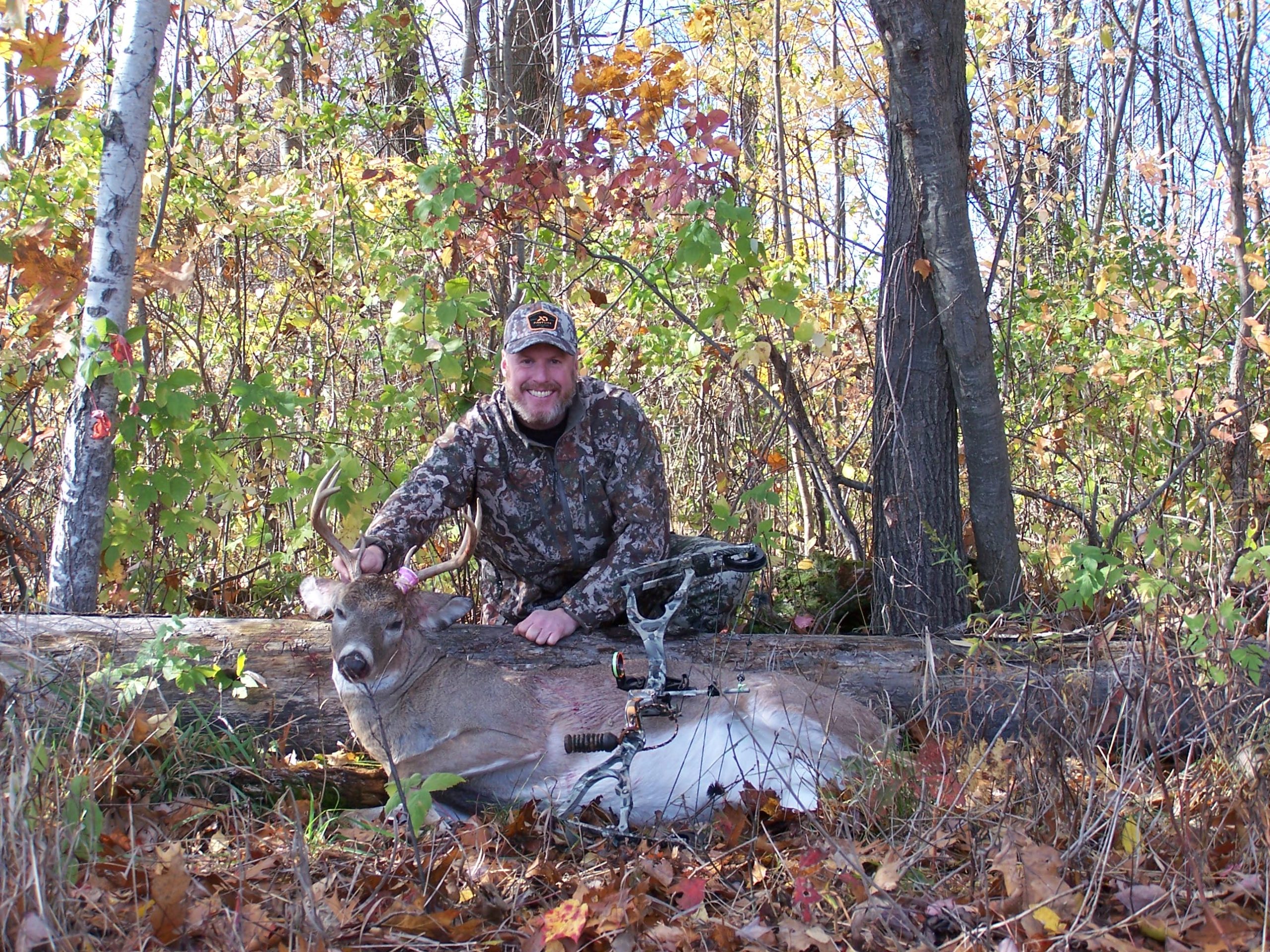
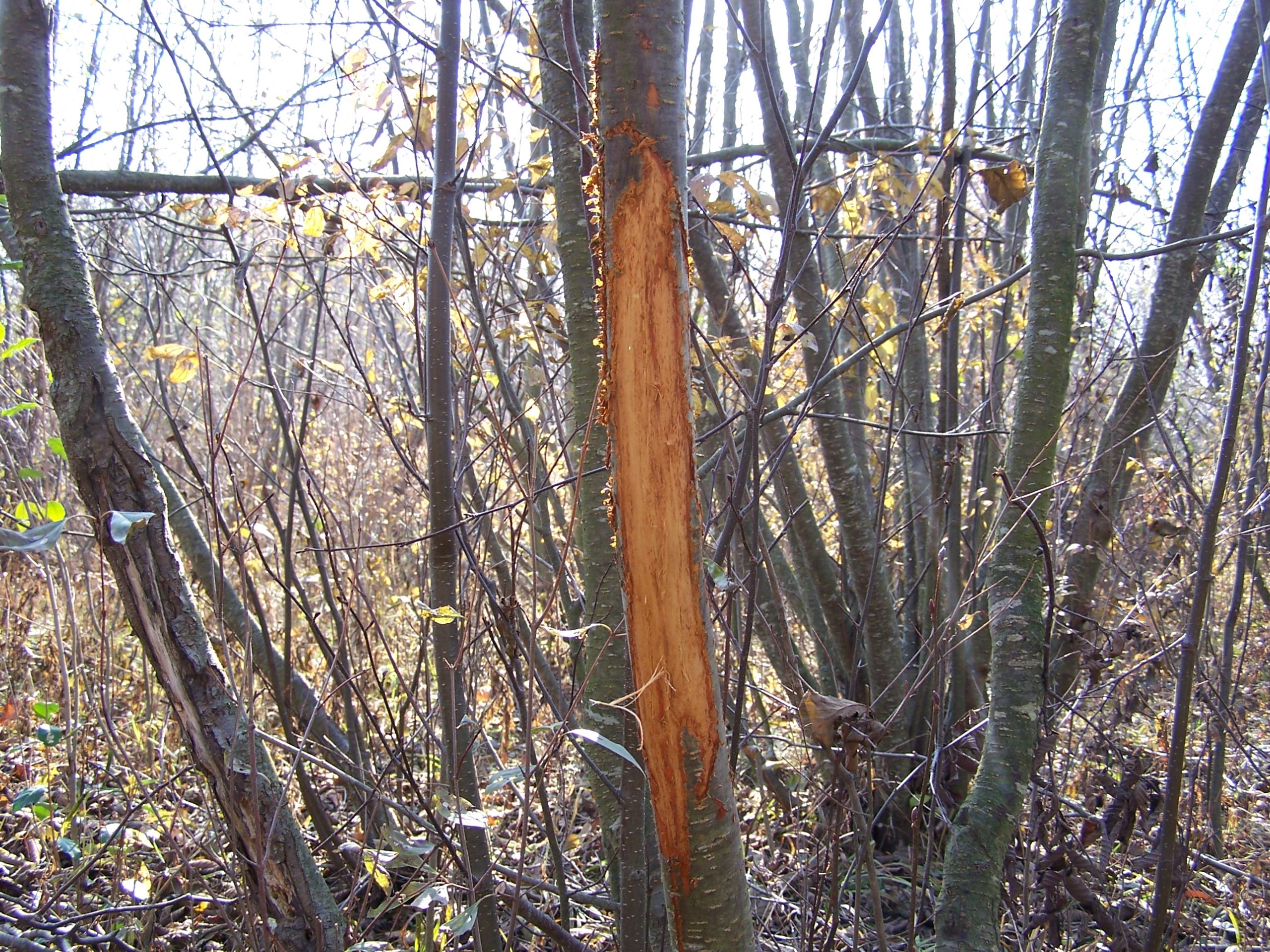
Preparation and organization
I’m an organized person; however, there is always room for improvement, and I find myself constantly setting the bar higher each season. How can I be more efficient? What items can I do without to lighten my load in the field and simplify things? How can I improve my organizational skills? I occasionally ask myself these questions before heading afield.
I learned early on that if I wanted to be a successful trapper, I needed to prepare all my traps and equipment prior to the season. No more waiting until the last minute to throw things together! These essential tasks included: boiling, dying, and waxing my traps, trap maintenance, making wax dirt, purchasing scents and lures, and reorganizing and stocking my trapping bag from the previous season. There’s nothing worse than scrambling around a few days before the opener, spending time searching for all your trapping gear when you’ve had months to prepare and gather the necessary items. To remedy this, I use a tool tote, labeled plastic containers, and buckets to store and transport the necessary items afield when it’s time to lay down some steel.
The organization skills that I practice in trapping are essential when it comes to bowhunting whitetails, too. As I write this, I’ll soon be heading over to my family’s hunting property and securing stands, making a final inspection of shooting lanes, and checking trail cameras. Haul lines, lifelines for ascending and descending stands, bow hangers/hooks, ratchet and karabiner straps will all be installed. I keep these items in two separate plastic totes, which speeds up the amount of time it takes me to install them items at all my treestands. I also go through my backpack, making sure that it includes the necessary items for archery season: rangefinder, rope, hand warmers, water, toilet paper, tracking ribbon, grunt calls, antlers for rattling, latex gloves, knife, headlamp, and flashlight.
Attention to detail
Each time I walk through a field or next to a stream or pond, I now see more than just the opening or the water source. Through the years, as I became a seasoned trapper, I began noticing more edge cover, funnels, canine tracks, and droppings. I see the beaver or muskrat den and the runs they use to travel through the water. I notice the mud slides, the smell of castor wafting through the air, and debarked branches floating in the water.
In my journey as a trapper, I’ve become more observant of my natural surroundings. Picking out locations to set up treestands is now much easier, just like finding the perfect spot to set a foothold trap for fox or coyote. The habits I picked up while trapping have laid the foundation for the bowhunter I’ve become. Although bowhunting and trapping are completely different, they require similar traits and steps that go hand in hand: responsibility, persistence, hard work, scouting, organization, and attention to detail. Each trapping season, these are reinforced, making me a better bowhunter.
MWO
SHARE THIS POST
Did you enjoy this post?
You can be among the first to get the latest info on where to go, what to use and how to use it!
Darin Potter
Darin Potter’s passion for outdoor writing began at the age of 12 when he first began writing in a journal that his parents bought him on a family camping trip in Northern Michigan. His writings have appeared in several Midwest publications: Michigan-Out-of-Doors, Michigan and Ohio Outdoor News, Modern Pioneer, and MidWest Outdoors.
